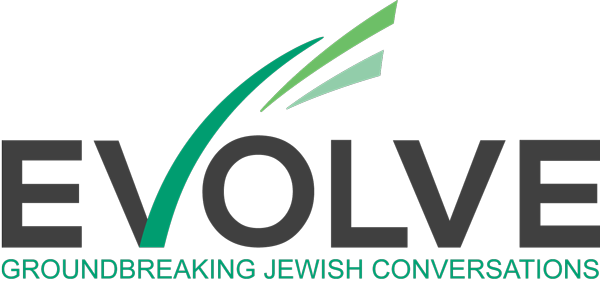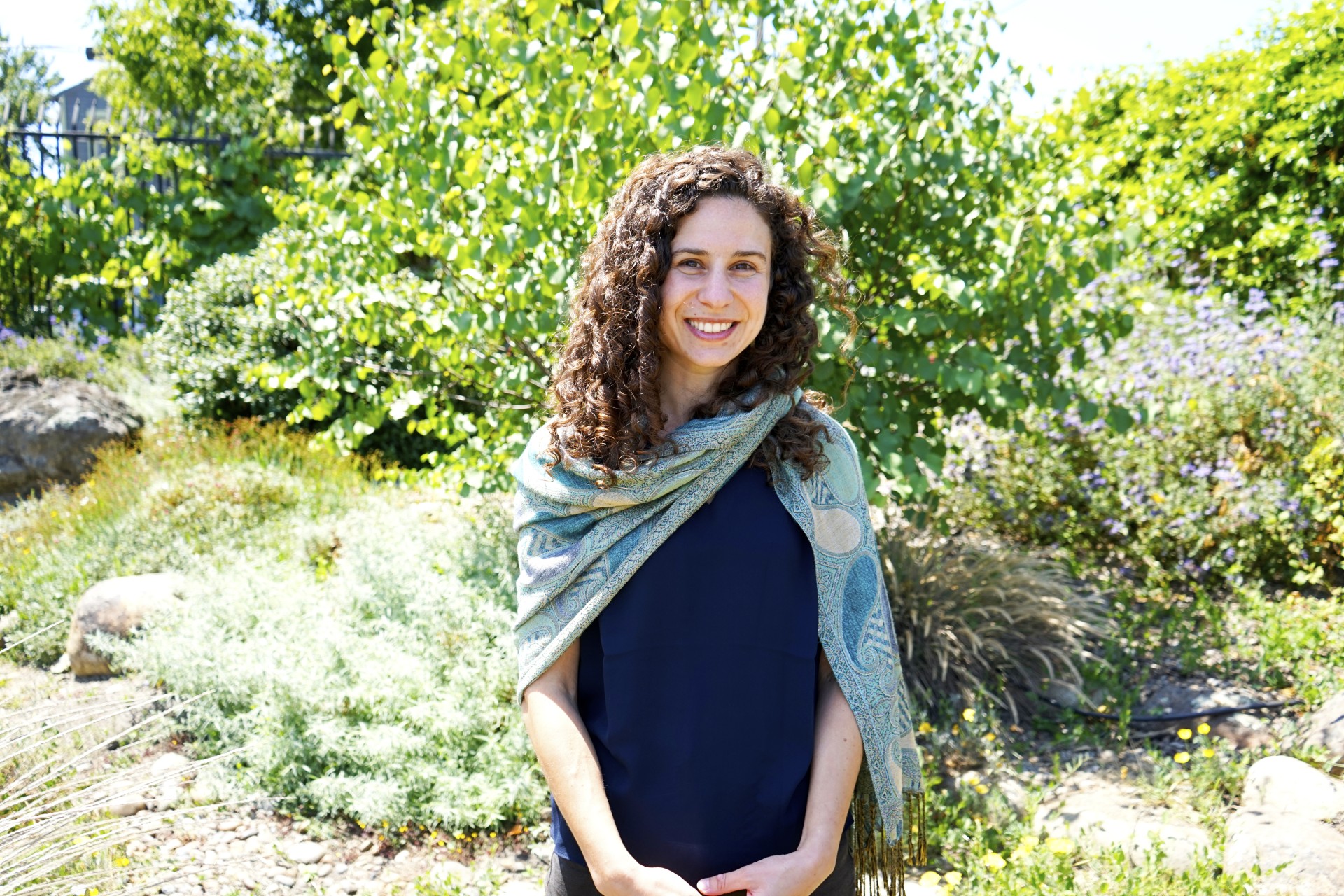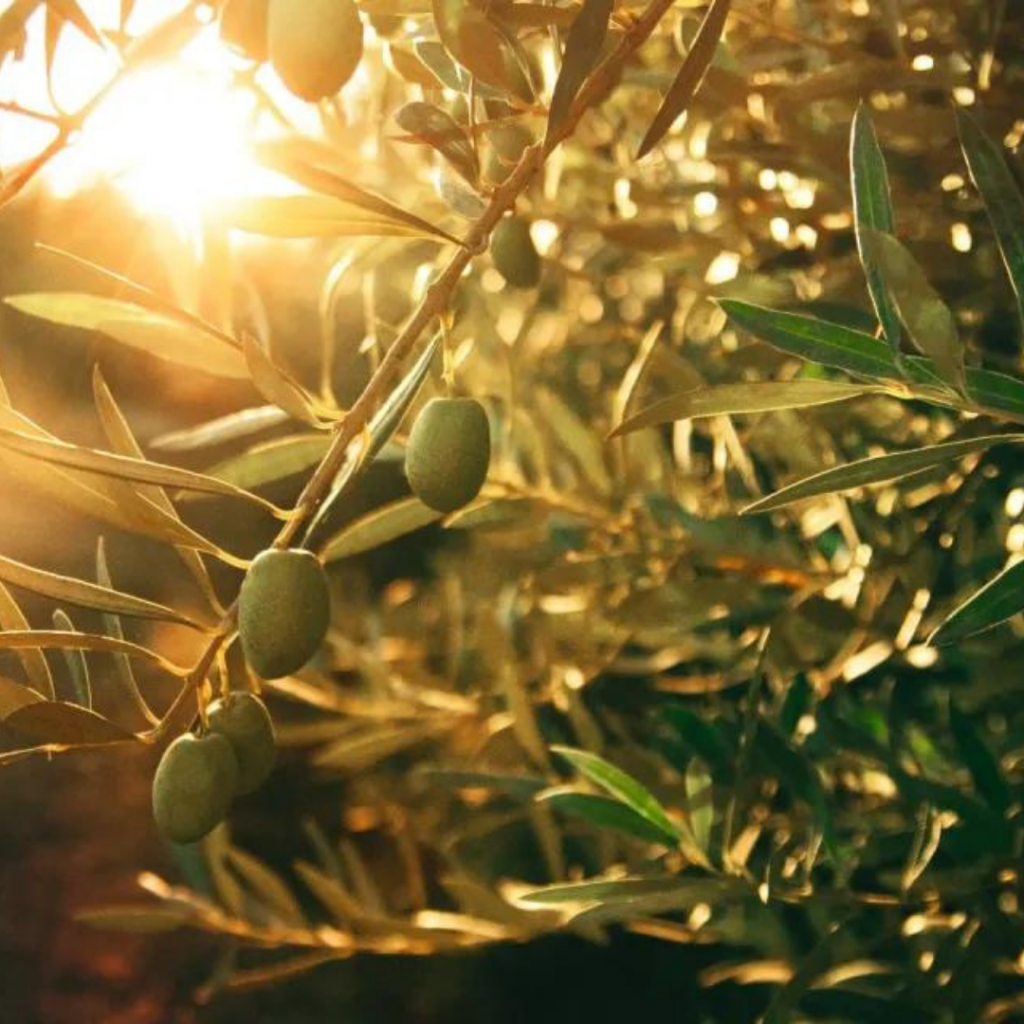My water broke in the Italian Market two days before my due date, in the June heat of Philadelphia. It wasn’t until 10 hours later, at 1 a.m., that I felt the pangs of early labor. I woke my mother, a retired labor and delivery nurse, and the first thing she did was smell me. “Amniotic fluid,” she said. “You’re in labor.” We drove to the birth center, where climbing the steps to the birthing suite felt like getting on a theme park rollercoaster ride. It was a scary one, but the one everyone talks about. We had been waiting hours in line and were ready for our turn.
Each of us has our own birth story — whether we’ve carried a child, adopted, brought a new project into the world or birthed new versions of ourselves. We all know what it means to be split open, to be remade by love and challenge.
The Days of Awe are coming, and soon we will all be called to reckon with our own terror, as well as with what we hope to birth this year. Soon, we enter a cosmic birth experience that brings a new year into being, ready or not.
Rosh Hashanah, also called Hayom Harat Olam, or “the day the world is conceived,” marks the conception. The Days of Awe that follow are the labor — where we engage in teshuvah, a process of return and repentance; like returning to the breath between contractions, we repeatedly turn inward, focusing on what is truly essential. Finally, we arrive at Yom Kippur when, fasting and exhausted, we teeter between life and death, wondering if and how we’ll be written in the proverbial Book of Life, if and how we will make it through.
It is fitting, then, that after the labor, on Simchat Torah, we tell God’s birth story.
This, of course, is the story of creation, which begins the Torah. The Mei HaShilo’akh, a Hasidic master, makes the birth metaphor explicit, mapping the first few lines of Genesis directly onto the rhythms of childbirth: The “chaos and void” of the universe mirrors the moment of conception through the embryo’s mysterious growth; the “darkness over the surface of the deep” is linked to the nine months of pregnancy, deep with hope and uncertainty; and when “the spirit of God hover[s] over the water,” we hover closer to death than to life in a harrowing labor. The baby finally exits the darkness of the womb into the light of life when God says, “Let there be light.”[1] It seems that this tumultuous cycle of creation plays out on the macro and the micro levels — from the galactic to the deeply personal.
The process was going to unfold, for the good or for the bad, for life or for death, and I was not in control. With the singular focus of now, though, I found a flow.
In the final weeks of my pregnancy, every day my husband and I would take a quiet morning walk around the neighborhood. With motions slow and intentional, as if on a meditation retreat, I would coach myself vertical each morning, rolling out of bed gingerly so as not to tug at jostled nerves, narrating the careful choreography that sharing one’s own body with a tiny roommate requires. I was outrageously big then (he was a large baby, though we didn’t know it yet), and my stomach skin had stretched taut, bellybutton forming a knob that poked out of my T-shirt. Walking around that pregnant felt like shouting the secrets of my heart to everyone we passed on the street. Strangers would call out from their porches, “Any day now!” or simply “Good luck!” or tell unsolicited stories about labors gone wrong or right. Some pregnant people, quite understandably, meet comments like these with reticence. But for me, they seemed to cut through the usual separation between us, revealing a world pulsing with shared stories. I had never felt more attuned to the quiet hum of our collective becoming.
When we arrived at the birth center, there were too many babies being born in the proper rooms, so we camped out in the living room. I tossed and turned on a pull out couch, cramping and aching my way through the night, trying to fidget myself into a fix for the unfamiliar pain. The first big contraction shocked and seized me, shook my insides like an earthquake rattles the earth, each rush a seismic wave. It felt like I was splitting, spasming, flooded with sensation. “Look into my eyes,” my mom coached, and I gripped her gaze like a lifeboat. “You’re going fast now,” she said, and I believed her. We were galloping into something.
The forward motion made it possible, somehow, to relax into the tumult. It became immediately clear that it simply did not matter what I thought about what was happening or my projections of what would happen. The process was going to unfold — for the good or for the bad, for life or for death — and I was not in control. With the singular focus of now, though, I found a flow. I knew the feeling well, from wild sits on meditation retreat, from the time-bending first days of grieving my dad’s death, from scary nights alone on wilderness solo. Nothing to do but ride out the trip.
The Days of Awe invite us to engage in our own cycles of creation and destruction. … We let go of parts of ourselves to make way for new ones to emerge. In doing so, together we remake the world, and renew creation.
Like any good narrative, there are many ways to tell God’s birth story. In a midrash in Bereishit Rabbah, we learn that the world we live in was not the first that God created. Instead, we get a prequel to the creation story as we know it: God created and destroyed multiple worlds before fashioning ours.[2] In this telling, destruction is woven into the fabric of creation.
In childbirth, too, each contraction is a cycle of creation and destruction. As the uterine muscles contract, they move through cycles of electrical depolarization and repolarization, creating and destroying cellular states with each wave. Hormones surge and dissipate, tissues break down and re-form, and even the baby moves in a dance of constant repositioning. Birth is iterative, and it requires making and unmaking, building up and breaking down, formation and dissolution. It contains both life and death.
The Days of Awe invite us to engage in our own cycles of creation and destruction. We confront both our potential and our limitations. We let go of parts of ourselves to make way for new ones to emerge. In doing so, together we remake the world and renew creation. And throughout the journey, the shofar’s moans inspire us to stay with the contractions, to submit to the process of becoming.
In the throes of my own labor, I became a universe in flux. I felt a world being created and destroyed with each contraction. But they weren’t coming fast enough it seemed, weren’t big enough to push the baby down. So came the inversions. The midwives laid me on my side, flipped me over the bed, jiggled my hips, rubbed my belly. They sent me to the garden to power walk and lunge while my husband trailed me, IV in hand.
But finally, 36 hours in, I was spent, and I wanted off the ride. The exhaustion wasn’t just physical, though I hadn’t slept. The spiritual work of sitting in the in-between, on the threshold of life and death, was so awe-some, so dread-full, so much. Eventually, my midwife got an obstetrician, who explained that I needed a C-section. “Do you have any questions?” she asked. “Yes,” I said, completely unfiltered, having been cracked open by hours of unrelenting presence. “What is your advice for navigating this experience spiritually?” She laughed nervously and looked around for help, spooked. “Um … I don’t know. Do you have any other questions?”
This time of year is terrifying, messy, gritty. It opens us up, and it can hurt. How do we stay with it so that we might birth something new? My mom, who has seen more than 10,000 births, has a saying: “Let it hurt.” In other words, get brave and willing to be present to the moment — untamed, treacherous and holy. This is good advice for being deep in any process, for welcoming anything real and new.
There is a Karliner Hasidic story about this. A misnagid, a skeptic of Hasidism’s emotional intensity, asks the Karliner Rebbe, “Why do you scream when you pray?” In response, the Rebbe takes a pen and jabs it into the misnagid’s hand. The misnagid lets out a scream. “When you are in pain, you scream,” says the Rebbe.[3] While his method is odd and cruel, I hear the Karliner Rebbe offering up the same wisdom as the midwife and the machzor: Let it hurt. Live fully in the mess.
This, of course, is not only sound spiritual training for the birth or for the chaggim. It is spiritual training for what comes next.
In the last teki’ah gedolah, we give it all up. We emerge, shaky and new, scarred and torn, blinking in the light of a new reality.
After God’s labor, God got the world: awesome and messy and out of control. After my birth, I got a baby, much the same. They lifted him out of my belly and put his sticky cheek to mine, and in that moment, I felt connected to every person who had ever stood on the cliff of profound change and gazed into the rocky ravine below.
Louise Erdrich writes that labor is “an experience in which we are bound up in the circular drama of human fate.” It is “intensely spiritual and physical all at once. … There is no giving up this physical prayer.”[4] Just like the physical prayer of birth, in the High Holiday season we pray with our whole bodies. We rock back and forth in our tallitot as if soothing ourselves through contractions on hands and knees. The shofar’s cries echo our own, and in the last tekiah gedolah we give it all up. We emerge, shaky and new, scarred and torn, blinking in the light of a new reality.
The world that emerges from creation, whether cosmic or personal, is fundamentally uncertain. In our own time, as we navigate global tragedy, political instability and rapid change, this uncertainty is laid bare. Every moment is Ne’ilah because every moment is unpredictable. The gates are always opening, and the gates are always closing. As we sing in the liturgy, we are “clay in the potter’s hands,”[5] our lives shaped by forces beyond our control. Birth is a stark reminder of this precariousness, a moment where life and death sit in uncomfortably close proximity. Every contraction carries the weight of possibility: the potential for new life, but also the shadow of things gone wrong. Yet bound up in this uncertainty are life and its miracle.
These holy days are initiations into a way of being that is open to this instability, that can relax into the tumult. In this space of uncertainty, danger, awe and potential, we are called to be present to the unfolding of creation in all its forms. “Who is wise?” the Talmud asks. “One who sees what is being born.”[6]
May we have the wisdom to see what is being born, and to embrace each other and the world as it is: chaos, void and light.
[1] Rabbi Mordechai Yosef Leiner of Izhbitz, Mei HaShiloach, vol. 1, “Bereishit.” Thank you to R. Jonah Winer for pointing me to this Torah.
[2] Bereishit Rabbah 3:7
[3] Elie Kaunfer, “Non-Cognitive Approaches to Prayer,” source sheet, Mechon Hadar, accessed Aug. 15, 2024
[4] Louise Erdrich, The Blue Jay’s Dance: A Birth Year (New York: HarperCollins, 1995), pp. 44-46. Thanks to Anna Morrison for giving me this book, the best postpartum gift ever.
[5] “Ki Hinei KaChomer,” in Koren Yom Kippur Machzor, trans. Jonathan Sacks (Jerusalem: Koren Publishers, 2012), pp. 762-764.
[6] “אֵיזֶהוּ חָכָם – הָרוֹאֶה אֶת הַנּוֹלָד” Tamid 32a. Usually this is translated “Who is wise? The one who sees and anticipates the consequences of their behavior.” I thank Rabbi Sharon Cohen Anisfeld for a more direct, less abstract translation in her Commencement Address at Hebrew College in 2022, where she leans into the word “nolad,” which refers to a newborn.
